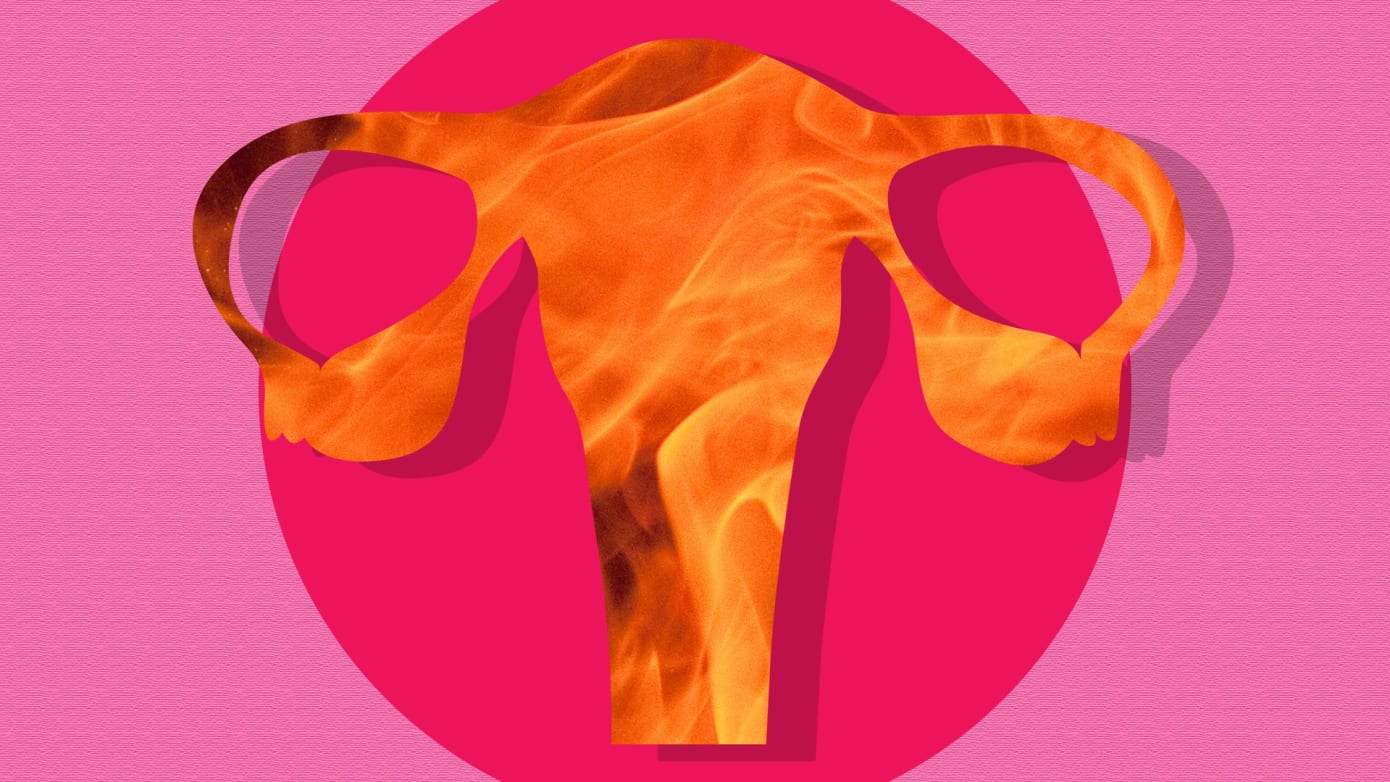Do we inherit menstrual pain from our mothers?
The first time I met another person who menstruated who told me she didn’t have painful periods, I couldn’t quite wrap my head around it. From the very beginning, my periods have been heavy and excruciating at times, and I assumed the same was true for everyone.
Like a lot of adolescent girls, I learned about menstruation from my mother, who told me that her period pain was so bad that when she was in labor with me it wasn’t that scary because it just felt like she was having menstrual cramps. And she mentioned that her mother also has a similarly painful period, as does my sister. So I grew up thinking this was completely normal and something that all people with a uterus go through.
Then I realized that it’s not.
Yes, up to 90 percent of people who menstruate experience some type of pain, but not at the same levels. So why does this normal biological function affect some people differently? Specifically, why is the pain debilitating for some and a mere inconvenience for others? Given my family history of painful periods, I’ve always wondered if this, like so many other health conditions, was hereditary — so I asked a few doctors to find out.
What causes painful periods?
Before we get into the potential genetic components of menstrual pain, let’s take a look at exactly what causes that extreme discomfort in the first place.
According to Dr. Marc Winter, an OB-GYN and medical director of minimally invasive surgery at Saddleback Medical Center in Laguna Hills, California, painful menstruation is usually caused by an overproduction of prostaglandins, a chemical that can make a uterus contract.
There are two types of periods: primary and secondary, Dr. Paul R. Weber, an OB-GYN at Miller Children’s & Women’s Hospital in Long Beach, California, explains. Primary is having painful periods without a related reason, while secondary is painful periods with a cause, like fibroids, endometriosis or adenomyosis.
“While the first two conditions are better-known, adenomyosis occurs with movement of the endometrial tissue that lines the uterus into the muscles of the uterus, causing the uterine walls to grow thicker,” he tells SheKnows. “It may result in heavy and/or longer pain or bleeding during menstruation.”
Do painful periods run in the family?
In short, yes.
“We do know that menstrual pain runs in the family — whether that is a genetic trait, whether it’s related to a condition like endometriosis, or whether it’s learned,” Weber explains. “While we know of no information that says painful periods are related to genes or genetics, we do know that if you see your mom is having a lot of cramping, you may pattern after that. On the flip side, if your mom doesn’t have a hard time with periods, you have a better chance of following that pattern. It appears that we often pattern after what we see and experience.”
Winter says that in practice, OB-GYNs have seen that painful periods do tend to run in families. “Although the genetics of painful periods is not known, recent studies suggest there are genetic variants which increase the production of prostaglandins and result in painful periods,” he adds.
Similarly, secondary causes of painful periods, like endometriosis and fibroids, can also be hereditary, Dr. Yen Tran, an OB-GYN at MemorialCare Orange Coast Medical Center in Fountain Valley, California, tells SheKnows.
“Studies show that if your mom or sisters have fibroids, you are more likely to have fibroids,” she explains. “Depending on the locations of fibroids within the uterine wall, it could potentially change the shape of the uterus. Chromosome 12 and 14 determines the direction, locations and the rate of fibroid growth. Lack of vitamin D can also contribute to increasing fibroids, which could potentially cause painful periods.”
How is period pain measured?
Despite the fact that up to 90 percent of people who menstruate experience cramps or other pain during their cycles, only about 15 percent seek medical help, Weber explains. A big part of that may be because we’re told menstrual pain is “just part of being a woman” and something we don’t think twice about having to contend with once a month. There’s also the fact that women’s pain in general — including period pain — is more likely to be overlooked or dismissed by doctors.
Though a lot of work still has to be done to help destigmatize periods and encourage additional research into period pain, there has at least been one small improvement in how we discuss menstruation with our doctors in the form of a new system with four grades for menstrual pain, Weber says.
In short, here is what that system looks like, according to Weber:
- Grade 0: Your period is not painful and requires no medicine.
- Grade 1: You have some pain, but you seldom need medicine and it rarely affects your working ability.
- Grade 2: Your period affects your work or school, and you always have to take pain medicine.
- Grade 3: Your period clearly affects work, and the difference is now you are having symptoms outside of the uterine cramps affecting your whole body. These may include headache, fatigue, vomiting, diarrhea and/or dizziness.
People in Grade 3 are typically the patients studied in research, Weber explains, adding that this includes high schoolers who can miss 15 to 20 percent of their school days, making continued research in this area especially important. For those in that group, he says doctors suggest taking a Motrin-type medicine just prior to when your period starts.
While more research on menstrual pain is certainly needed, having diagnostic toolslike the pain-grading system is at least a step in the right direction. It may be some time before we have a cure for terrible cramps, but in the meantime, it might not hurt to ask your mom about what hers were like — it may hold clues to how to deal with your own.
Image: Getty Images/Design: Ashley Britton/SheKnows
Originally published on SheKnows.




comments